
Blueberries grow on bushes, dark, almost black blueberries cover a bright coating, it gives them a deep blue color. The pleasant sweet and sour taste of this berry is loved by many, and many would also like to grow blueberries in the garden to always have a delicious harvest. This is not so difficult, and now I will share with you the secrets of planting and growing blueberries.
As you know, blueberries are called quite a lot of different varieties of shrubs.
A tall blueberry bush is not a low bush. It reaches a height of 2-4 m (2.2-4.4 yard). There is a shrub from North America, its berries taste really similar to ordinary, wild blueberries, which the only advantage is that only your hands do not get dirty and sweeter.
Other blueberries are common blueberries, also known as low-growing blueberries, marsh blueberries. It forms dense thickets of shrubs 40-100 cm (1.3-3.3 ft) high, in swampy areas. Many people may also confuse it with marsh blueberries, although these berries taste quite different: marsh blueberries are larger, oblong, watery, with a light sweet and sour taste, the flesh is greenish, the juice is colorless.
There is also a little-known, but rapidly gaining popularity type of “blue blueberry”, also of American origin, from Canada. By using its outstanding properties, simplicity, performance and unique frost resistance, experts predict its popularity in the future.
Planting highbush blueberry
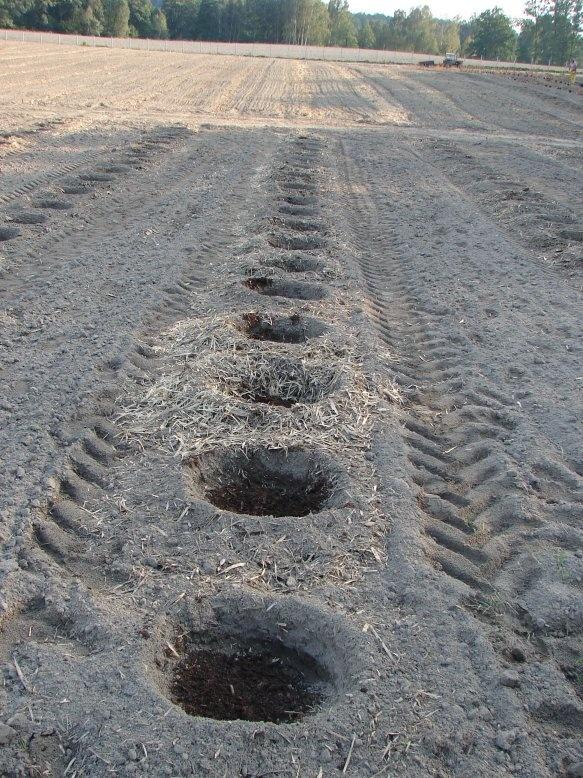
Soil Selection and Preparation
If you want to get the maximum yield and pleasant emotions from blueberries, the planting site should be drained, without stagnation of surface water. The soil should be peat or sandy. But there is a lot of nitrogen in the peat soil, which can cause the plants to freeze in winter. Choose a sunny and warm place, protected from cold winds. It is advisable to avoid the close proximity of large trees and shrubs.
If the soil is not conducive to planting blueberries, you can improve it.
- If you have a loamy soil, make a planting hole with a mixture of sand and peat (1:3).
- If you have deposits of acidic peat in the soil then about 2-3 buckets of sand per square meter (1.2 yard).
- In soils that are deficient in organic fertilizers, phosphorus, nitrogen, and potassium are added 1:1:1.
- If the soil is rich in humus, apply the same fertilizer, only take the ratio of potassium, phosphorus and nitrogen. 3:2:1.
After feeding, dig thoroughly.
The main thing when planting is not to over-dry the plant. Therefore, you can plant in the spring, until the buds are swollen, but you can do it in the fall.
When planting blueberries, you need to cut off all weak branches, and healthy ones – cut to half the length. After planting, pruning a young 2-year-old blueberry plant is not required.
Reproduction of tall blueberries
Varieties of tall blueberries are propagated vegetatively to preserve the varietal characteristics of the plants. Tall blueberries are best propagated by stem propagation and layering. Shoots take root worse than other types of blueberries.
Reproduction
Tree shoots are harvested in autumn or winter. Wrap and store in a cool place. In April, the stems are removed and cut into shoots of about 20 cm (7.9 inch), placed in peat with sand 1:1, watered several times a week. In August, the seedlings are removed with a film from the greenhouses, and in the fall they are planted in the ground and grown.
Layers
The branches are bent and buried in the substrate ( it includes peat, sawdust, a mixture of sand), when the shoots are filled in, you need to cover them with a film. The layers are separated from the mother plant in the spring of the following year, but this period may be longer.
Care of blueberries
Watering, loosening, mulching
A couple of times a season, you should loosen the soil to a depth of about 8 cm (3.1 inches), but be careful – frequent tillage can dry out your blueberries.
Mulch layer of about 12 cm (4.7 inch) is desirable to cover with sawdust of coniferous species, but you can use peat and oak leaves. You can add a small amount of mulch from rotted manure. Top up the mulch every two to three years.
Very carefully moisten the soil, you can not cover this plant. If the water stagnates for more than 2 days, the plant may die. But you can not dry up the soil when the berries ripen and the flowers bloom. This is dangerous because the root system of blueberries is located in the upper layers of the earth.
Fertilizer
After planting in two weeks, feed the young blueberries with nitrogen, phosphorus and potassium fertilizers 1:1:2 (preferably with sulfate forms). After fertilizing, water your bush. From the second year, fertilizing is carried out in April and June, doubling the dose each year until the plant is 6 years old. Organic fertilizer for blueberries is rotten manure. The concentration of this fertilizer depends on the amount of humus in the soil. Organic matter affects the yield and quality of fruits.
Types and Varieties
Blueberry is a very strong plant, very resistant to diseases and pests, has a large shape within the species and different varieties. Blueberries bear fruit by the 4th year after planting, and the plant lives for about 90 years!
Vaccinium Corymbosum
A tall shrub about 3 m (3.3 yard) tall, frost-resistant. The berries are large, 1.5-2.2 cm (0.6-0.9 inch), sweet with a slight sourness.

- Vaccinium Corymbosum Bluecrop
The main industrial variety to date. The bush is about 1.6-2 m (1.7-2.2 yard) high with raised branches and large berries about 16 mm (0.6 inch) in size, sweet, rounded. From one bush, you can collect from 6 to 9 kg (15 lb) of berries. It begins to ripen in August.

Vaccinium Nelson
Bush 1.5-1.8 m (1.6-2 yard), large, dense 18-20 mm (0.7-0.8 inch). The berries ripen in mid-August.
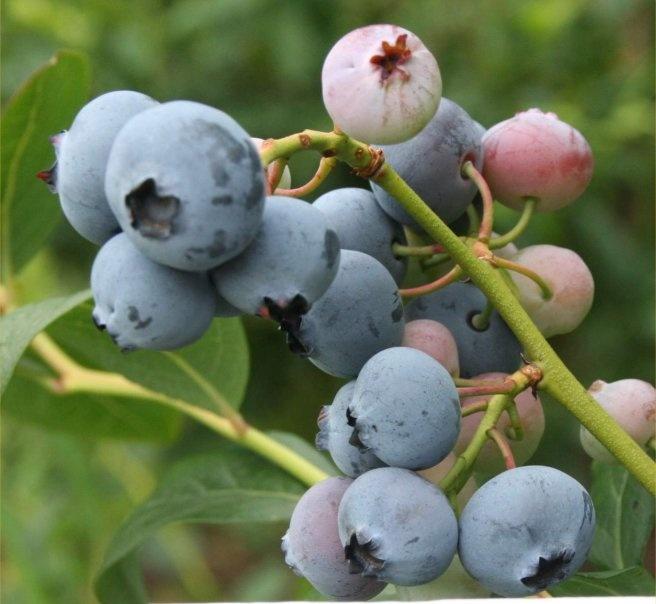
Vaccinium Uliginosum
It is valuable because it can grow in swampy and acidic soils high in the mountains. But it is not very strong and does not have a pronounced taste of berries. But because of the growth in such remote places, the selection is interesting, and there is also a cultural diversity of “World production”.
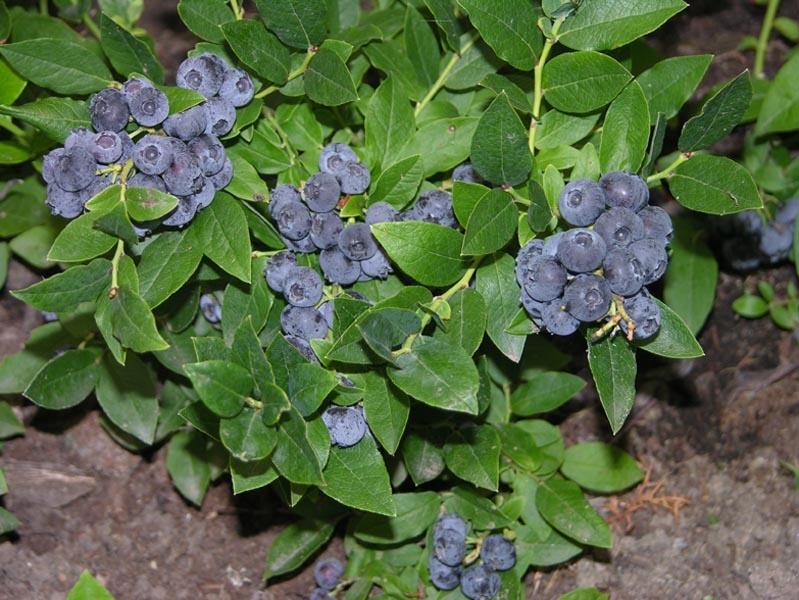
- Vaccinium Uliginosum varieties of Blue Scattering
The leaves are medium-sized, the flowers are pink. The berries are medium-sized, dark blue with a touch of sweet and sour taste.
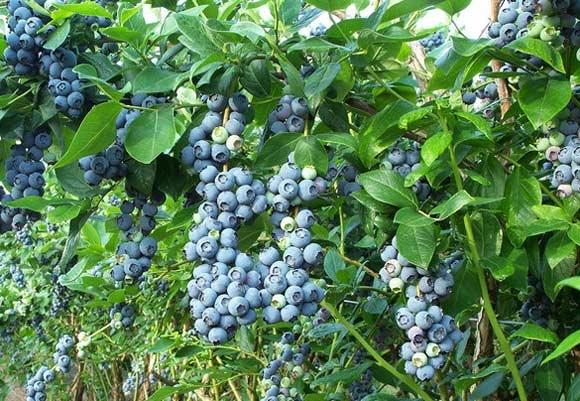
Vaccinium Angustifolium
These low, but yielding a large crop of bushes attracted flower growers due to winter hardiness, which is so important in the middle zone.
- Vaccinium Angustifolium varieties of North Country

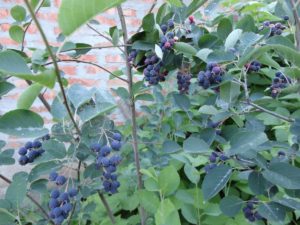
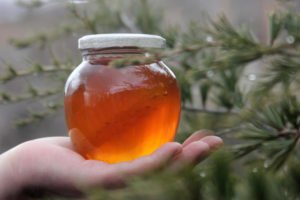
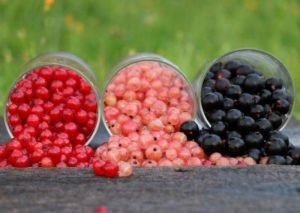

Leave a Reply